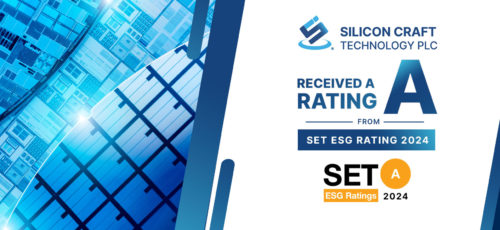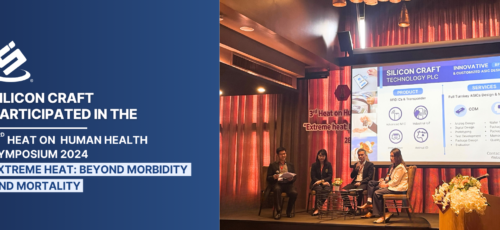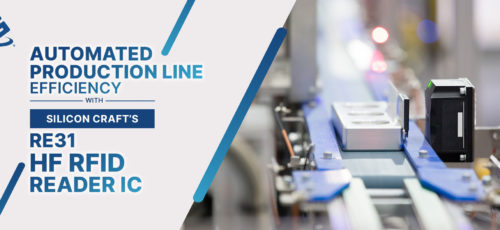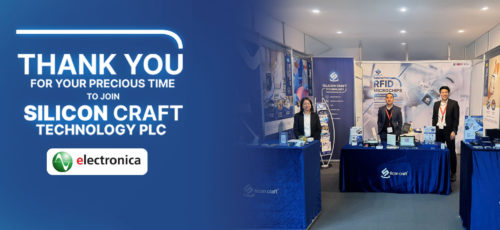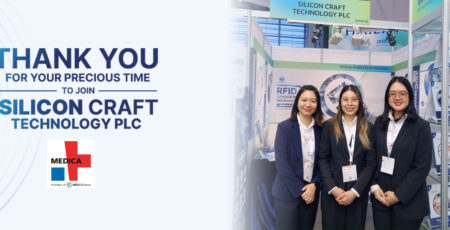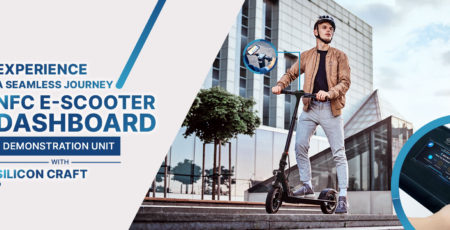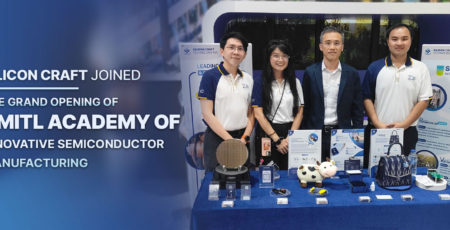As global temperatures rise and heat waves become more frequent, preventing heat-related illnesses, particularly heat stroke, has become an urgent public health priority. According to WHO, from 2000 to 2019, studies reveal that more than 480,000 heat-related deaths occur annually, with around 45% of these fatalities in Asia and 36% in Europe. In the summer of 2022, Europe saw approximately 60,000 excess deaths due to heat [1]. Therefore, effective monitoring and detection of heat stroke are crucial to prevent fatalities. In this article, we will explore heat stroke—its definition, symptoms, and the technologies being tested for monitoring it-along with future developments in these technologies
What is Heat Stroke?
Heat stroke occurs when the body overheats, often due to prolonged exposure to high temperatures, causing the body temperature to rise to 40°C (104°F) or higher. This condition commonly happens during the summer months [2]. The CDC highlights that the most common symptoms of heat stroke include high body temperature, flushed skin, rapid breathing, racing heart rate, headache, and seizures. If you suspect someone is experiencing heat stroke, seek emergency medical help immediately. In the meantime, move to a shaded or indoor area and remove excess clothing. Use available methods to cool down, such as getting in a cool bath, taking a cool shower, spraying with a garden hose, applying ice packs, or using wet towels on the head, neck, armpits, and groin [3].
Wearable Technology for Heat Stroke Monitoring
Wearable technologies are increasingly popular, with NFC (Near Field Communication) becoming a growing trend. NFC tag harvests energy from a mobile phone, eliminating the need for a battery, and can be used for advanced health monitoring. Given the symptoms of heat stroke, key parameters for assessment are temperature, humidity, and muscle contraction, Gabriel Maroli and his team developed a prototype NFC wearable device to monitor them. Their research can be explored in more detail at https://doi.org/10.1016/j.bios.2024.116421. This device uses battery-free NFC technology with flexible printed sensor that is compatible with human skin. By correlating muscle activity with temperature and humidity data, the wearable can help predict heat stroke before it becomes critical [4].

Fig. 1: NFC wearable device for heat stroke monitoring utilizing the SIC4340 and SIC4341 sensor interfaces.
Building on their research with the SIC4340 and SIC4341 chips, the team utilized the SIC4340 Galvanostat sensor interface chip to measure temperature and humidity by detecting changes in sensor resistance via voltage values, calculated using the formula R = V/I. This chip can measure both parameters alternately in multiplexing mode. For monitoring muscle contractions, the team used the SIC4341 Potentiostat sensor interface chip to detect contractions through current signals.

Fig. 2: NFC wearable device in use (simulation)
Current and Future Technology
The heat stroke monitoring wearable is still in the prototype stage and not yet available to the public. Currently, smartwatches and fitness trackers only monitor basic parameters like heart rate and skin temperature, while current muscle contraction monitors like Electromyography (EMG) machines, are bulky and not portable. Even the advanced portable versions are mostly used by sports teams and athletes, making them not affordable for most people. These limitations highlight the gap between current technologies and the need for advanced heat stroke detection systems.
Maroli and his team’s prototype could revolutionize heat stroke monitoring. Their compact, skin-compatible device measures all critical parameters—skin temperature, humidity, and muscle contractions. Future advancements may bring smart skin patches that are miniaturized, flexible, and far more comfortable than current wearables. These patches adhere gently to the skin, minimizing discomfort. As technology progresses, such smart patches could provide a comprehensive and user-friendly solution for heat stroke detection, bridging the gap between current capabilities and future needs.
Summary
- As global temperatures rise, preventing heat-related illnesses like heat stroke is crucial. Heat stroke occurs when the body overheats, with symptoms including high body temperature, flushed skin, rapid breathing, and seizures.
- Common symptoms of heat stroke include high body temperature, flushed skin, rapid breathing, racing heart rate, headache, and seizures.
- NFC (Near Field Communication) is emerging as a trend, utilizing energy harvested from a mobile phone without needing a battery.
- Gabriel Maroli and his team have developed a prototype NFC wearable that monitors temperature, humidity, and muscle contractions with SIC4340 and SIC4341 chips as bases.
- Future advancements may bring smart skin patches that are lightweight, flexible, and comfortable. These patches will offer comprehensive heat stroke detection, bridging the gap between current technology and future needs
References
[1] World Health Organization: WHO. (2024, May 28). Heat and health.
https://www.who.int/news-room/fact-sheets/detail/climate-change-heat-and-health
[2] Mayo Clinic. (2022, June 25). Heatstroke – Symptoms and causes.
https://www.mayoclinic.org/diseases-conditions/heat-stroke/symptoms-causes/syc-20353581
[3] NIOSH: Centers for Disease Control and Prevention. (n.d.). Heat Stress – Heat Related Illness
https://www.cdc.gov/niosh/topics/heatstress/heatrelillness.html
[4] Maroli, G., Rosati, G., Suárez-García, S., Bedmar-Romero, D., Kobrin, R., González-Laredo, Á., Urban, M., Alvárez-Diduk, R., Ruiz-Molina, D., & Merkoçi, A. (2024). Wearable, battery-free, wireless multiplexed printed sensors for heat stroke prevention with mussel-inspired bio-adhesive membranes. Biosensors & bioelectronics, 260, 116421. https://doi.org/10.1016/j.bios.2024.116421


